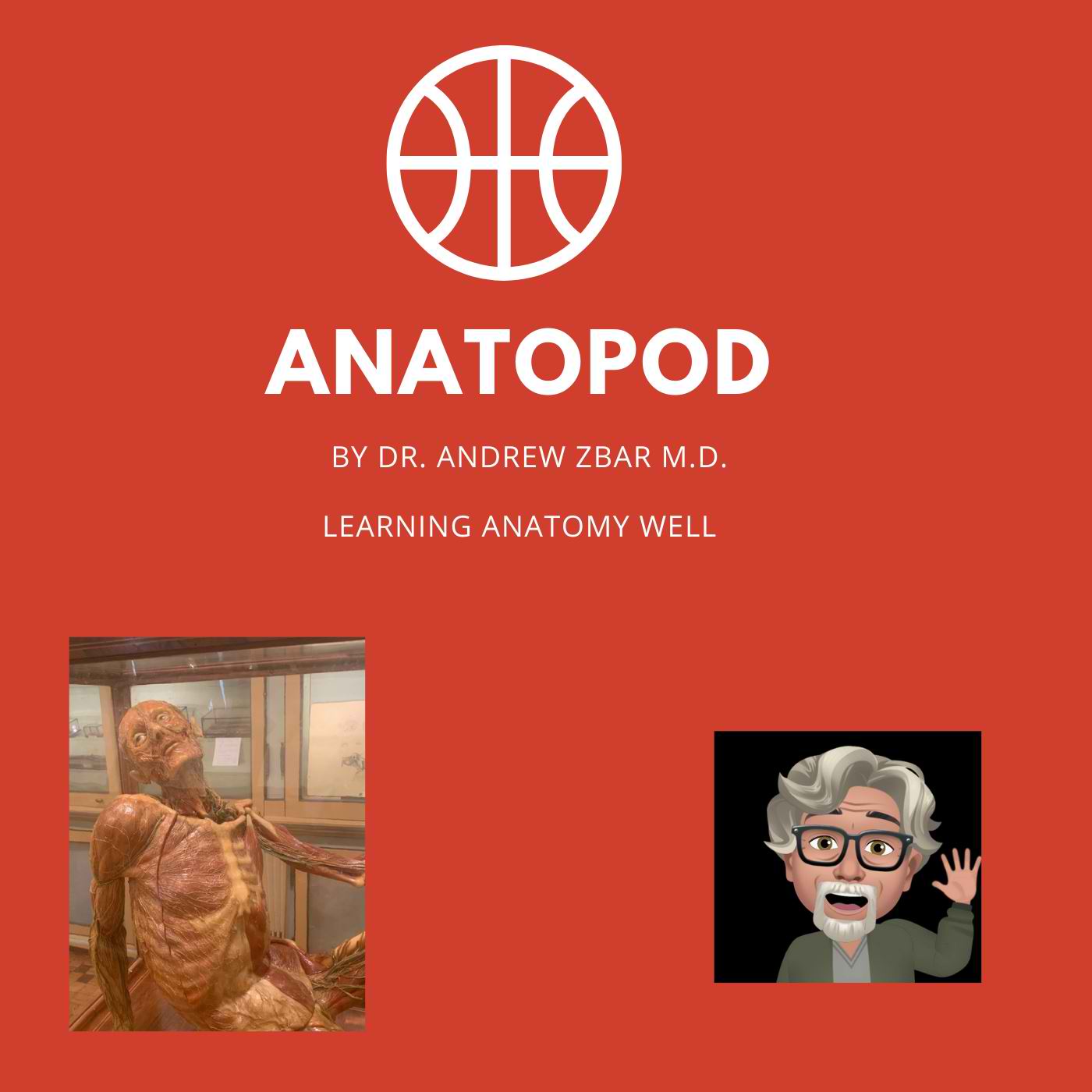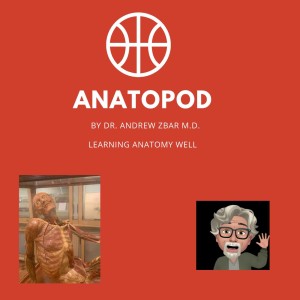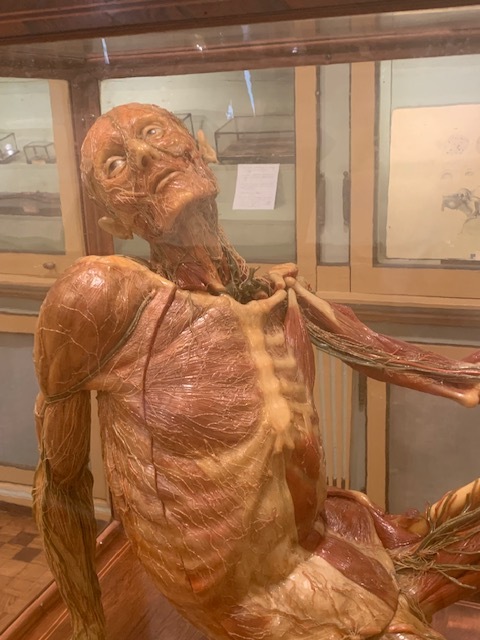
20.2K
Downloads
91
Episodes
Welcome to a new and exciting Podcast called ANATOPOD designed to teach anatomy. ANATOPOD aims not just to teach anatomy well to a high and practical level but also to introduce the history of anatomy and dissection of the cadaver. I appreciate that anatomy is a visual tradition but it wasn't always like that. In the Renaissance, anatomy was taught from textbooks written by the Greek Galen in the first century A.D. Perhaps it might seem unusual to revert anatomy teaching to an aural basis but it is recognized too that in this modern age anatomy departments in universities all over the world are dispensing with their raision d’être, the cadaver, replacing it with surrogates and models. We still do not know the effects of this change on the care of our patients but what we do know is that the cadaver is part of our death culture as much as it touches so many other aspects of society at large.
Episodes

Thursday Feb 18, 2021
Revolutionizing Dissection: From Galen to Vesalius
Thursday Feb 18, 2021
Thursday Feb 18, 2021
In this podcast I discuss the milieu into which the Belgian anatomist Andreas Vesalius (1514-64) arrived. Paris lagged well behind Padua in dissection skills and Vesalius introduced the radical idea that he should dissect the body himself simultaneously as he was teaching, rather than just reading to the students aloud from the ancient textbooks. There were so many findings that were discordant with Galen that Vesalius was prompted to write a new anatomy text in 1543 [the] Fabrica Humani Corporis (The Fabric of the Human Body). Perhaps it was not surprising that the book was published in the same year as Nicolaus Copernicus (1473-1543) published his heliocentric theory of the earth orbiting the sun in his De Revolutionibus orbium Coelestium. In the Fabrica, Vesalius included some remarkable images of his dissections drawn by the professional artist Jan Stephan van Calkar (1499-1546) a student of the Venetian Master Titian. The effect was so revolutionary that we might consider all dissections as effectively Pre- or Post-Vesalian.

No comments yet. Be the first to say something!